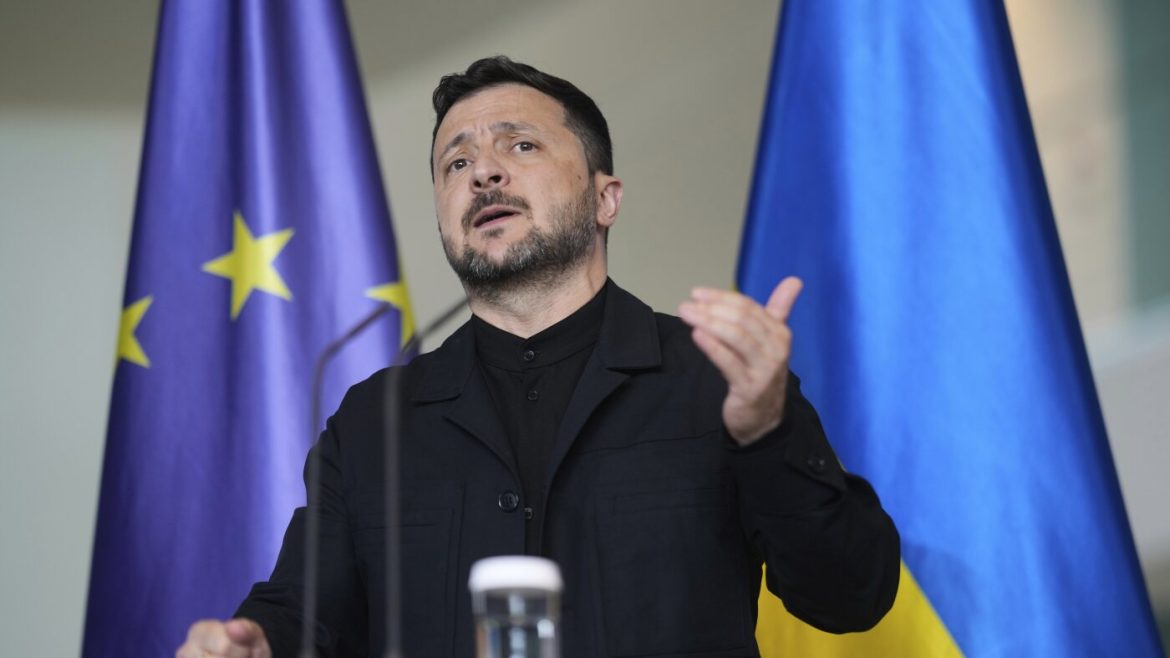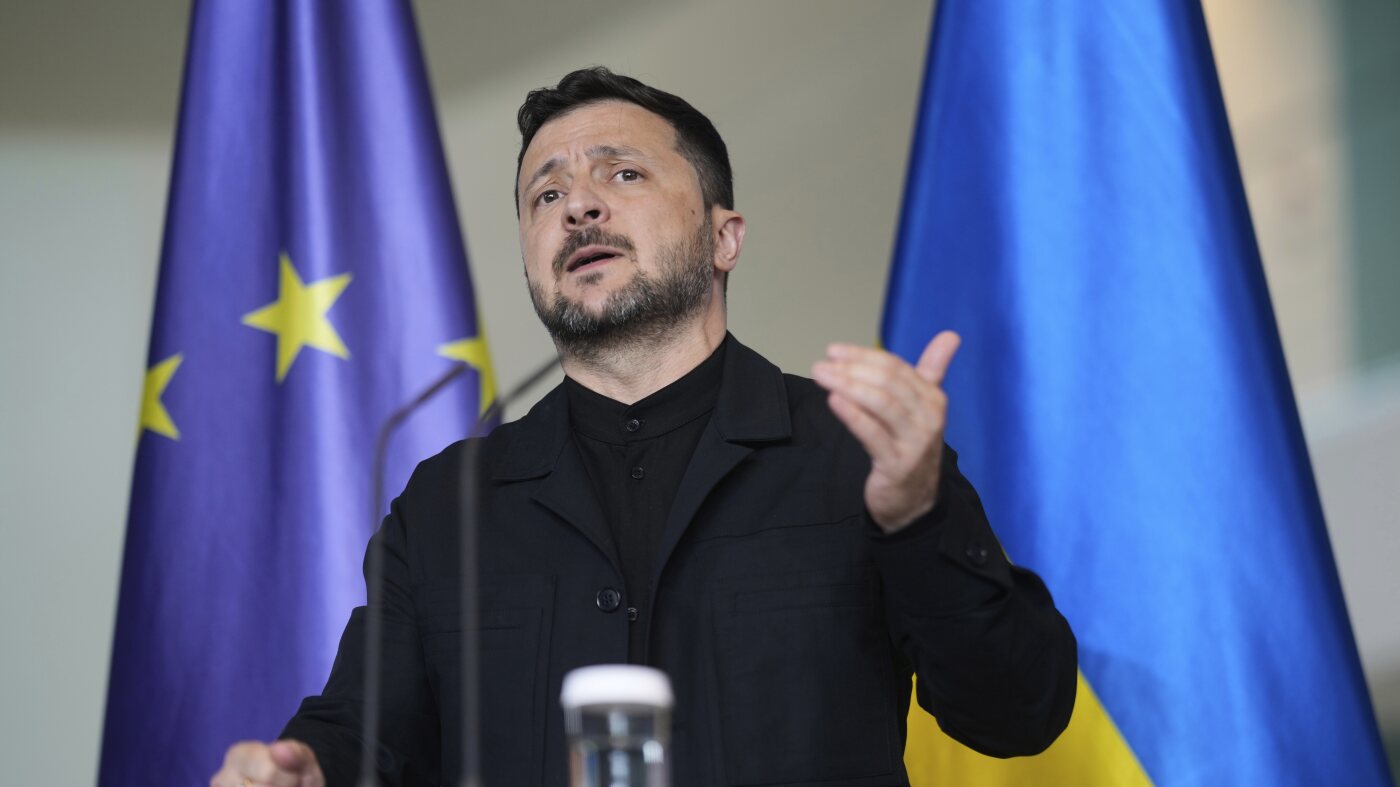The recent Ukrainian drone strike, which reportedly destroyed more than 40 Russian military aircraft deep inside Russian territory, marks a significant and unprecedented escalation in the ongoing Russia-Ukraine conflict. This development not only demonstrates Ukraine’s growing drone warfare capabilities but also signals a strategic assault on Russia’s air power, fundamentally altering the dynamics of military operations on both sides.
Unpacking the Attack: Scope and Impact
Multiple reports confirm that Ukrainian forces conducted a large-scale drone attack targeting Russian military airbases, including significant assets such as long-range, nuclear-capable bombers—specifically Tu-95 and Tu-160 strategic bombers. The strike’s precision and scale imply a meticulously planned operation that inflicted considerable damage or outright destruction on Russia’s strategic aviation fleet, which has been instrumental in conducting air raids on Ukrainian cities.
Destroying over 40 aircraft in a single operation represents a rare tactical success. Given the mobility and defensive systems typically employed to protect strategic bombers, this strike indicates a substantial breakthrough in penetrating Russian airspace and targeting high-value military assets. The use of drones demonstrates Ukraine’s emphasis on asymmetric warfare tactics: employing cost-effective, agile, and harder-to-detect systems to counter Russia’s superior numbers and conventional strength.
Strategic and Operational Ramifications
The loss of such a significant portion of Russia’s bomber fleet has immediate and long-term consequences. Strategically, Russia’s capability to conduct deep strikes into Ukrainian territory or beyond is severely hindered, curtailing their ability to project power through aerial bombardment or nuclear deterrence. This could reduce the frequency and intensity of air raids on Ukrainian cities, alleviating civilian suffering and impacting Russian morale.
Operationally, the damage disrupts Russia’s air command and control, logistics, and mission planning cycles. Replacing or repairing dozens of sophisticated aircraft requires time, resources, and infrastructure that are difficult to mobilize quickly during an ongoing conflict. Additionally, these losses might force the Russian military to reallocate efforts towards air base defense and aerial counter-drone systems, siphoning resources from frontline operations.
The Role of Drone Warfare: Innovation Meets Necessity
Ukraine’s successful employment of drones indicates how technological innovation and adaptability have shaped contemporary warfare. Drones—especially smaller, cheaper, and more numerous types such as FPV (First-Person View) swarm drones used in this operation—offer several advantages. They can evade traditional air defenses, operate autonomously or semi-autonomously, and deliver precise payloads against critical targets while minimizing risk to human pilots.
This strike exemplifies the evolving role of unmanned systems as force multipliers, enabling nations with limited resources to contest control with larger, better-equipped adversaries. The effectiveness of drone swarms in overwhelming air defenses also underscores the need for advancing counter-drone strategies and technologies, which Russia must now urgently develop or deploy to prevent future losses.
Psychological and Propaganda Dimensions
Beyond the material damage, the attack carries significant symbolic and psychological weight. For Ukraine, successfully striking deep within Russian territory serves as a morale booster and a testament to the resilience and ingenuity of Ukrainian forces. It can also bolster international confidence in Ukraine’s defensive and offensive capabilities, potentially influencing diplomatic and military support from allies.
Conversely, the attack is a blow to Russian domestic morale and the perception of invulnerability of its military hardware. Widespread public and military awareness of vulnerabilities in supposedly secure bases may erode confidence in Russian leadership and the military’s effectiveness, complicating Kremlin’s strategic messaging both domestically and internationally.
Broader Context: A Shift in Conflict Dynamics
This event is part of a broader campaign to degrade Russian military effectiveness and undermine its capacity for sustained aggression. By striking logistical hubs and strategic symbols such as bomber fleets, Ukraine is shifting the conflict from defensive ground battles to taking the fight into Russian territory using asymmetric aerial means.
Such strikes could alter Russia’s calculus, potentially deterring further escalation or prompting retaliatory strikes, which in turn could escalate the conflict’s intensity and geographic scope. The precision and boldness of these drone strikes highlight the changing nature of modern conflict—where non-traditional methods increasingly influence outcomes.
Conclusion: The Changing Face of Warfare and Conflict
Ukraine’s drone attack that destroyed over 40 Russian military aircraft marks a landmark moment in the Russia-Ukraine war and modern military history. It underscores the transformative power of drone warfare and asymmetric tactics in challenging a conventional military giant. The strategic blow to Russian aviation capacity could reshape future military engagements and influence the broader conflict trajectory.
This strike is a clear reminder that technological innovation combined with tactical audacity can level the battlefield, disrupting traditional power hierarchies and redefining how wars are fought. For Russia, the attack exposes vulnerabilities that must be addressed to safeguard its military assets. For Ukraine, it demonstrates an increasing capability not just to defend but to effectively strike back, shifting the momentum in a war that continues to captivate global attention.


